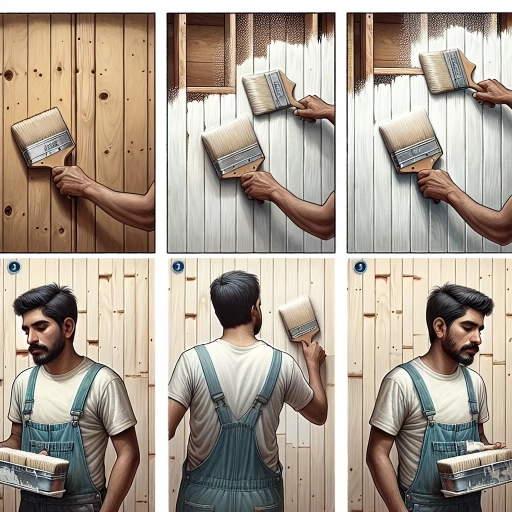How Many Coats Of Primer

Understanding the Basics of Primer Usage
What Is a Primer and Its Role in Painting
A primer is a preparatory coating applied before painting to enhance the adhesion of paint, ensure its durability, and offer additional protection for the material being painted. It's a vital step in the painting process, as it often results in a smoother, more refined finish. Moreover, it can block and seal stains and reduce the number of paint coats necessary to achieve complete coverage and the desired color.
Types of Primers and Their Uses
There are various types of primers available depending on the material you are planning to paint. Oil-based primers are excellent for use on wood and metal, as they provide a protective barrier that prevents the material from absorbing moisture, thus preventing rust and rot. Latex primers, on the other hand, work well on drywall and soft woods by providing a flexible finish to protect from cracking. Shellac primers are the best choice for blocking severe stains and odors, especially smoke and water damage, and can be used on virtually any interior surface.
The Importance of Good Primer Application
Proper application of primer can secure a long-lasting and beautiful paint job. Too little primer may result in poor paint adhesion and durability, while too much can lead to a sloppy look and waste of product. It's crucial to apply the right amount of primer evenly and allow it to dry properly before beginning the paint job. This results in a uniform surface that allows the paint to adhere better and last longer.
How Many Coats of Primer You Need
One Coat of Primer Is Usually Enough
In most cases, one coat of primer is sufficient to provide the necessary base for your paint. This single coating fills pores in the material, neutralizes the color beneath, and provides a surface to which the paint can adhere properly. Not only does this save on primer, but it also reduces the overall time required to complete the painting job. However, there are situations that may necessitate more than one coat.
When Two Coats of Primer Are Needed
Sometimes a second coat of primer may be required, particularly when painting over a darker color, attempting to hide stains, or painting onto a more porous or textured surface. A second coat ensures that any remaining stains or dark hues are completely covered, allowing your topcoat color to be true to the color you originally chose. Furthermore, it ensures optimal adhesion in challenging conditions, providing a consistent base for the paint to adhere to.
Using Tinted Primers
Tinted primers can be useful when painting a drastically different color from the existing one. By adding a small amount of color to the primer, it reduces the number of paint coats necessary to achieve the final desired color. This could save you time and resources, making your painting project more efficient and effective.
Maximizing Your Painting Job Success with the Right Primer
Choosing the Right Primer
When selecting a primer, consider the type of paint you will be using, the color and texture of the surface, and the material of what you are painting. Understanding these factors will guide you to choose a primer that will enhance your paint job's durability, look, and lasting power.
Preparing Your Surface for Primer
Before applying primer, it's essential to properly prepare your surface. Clean the surface of dust, dirt, and grease to ensure that your primer can adhere evenly. Dull any glossy surfaces, and repair any defects to ensure that your painted finish will be smooth and consistent.
Applying Primer Correctly
Proper primer application can make a significant difference in your painting job's outcome. It's recommended to use a brush or roller for a smoother, more controlled application, especially for large areas. Be sure to let your primer dry according to the recommended drying times on the product instruction. This will help to provide a stable base for your paint and improve the overall finish.